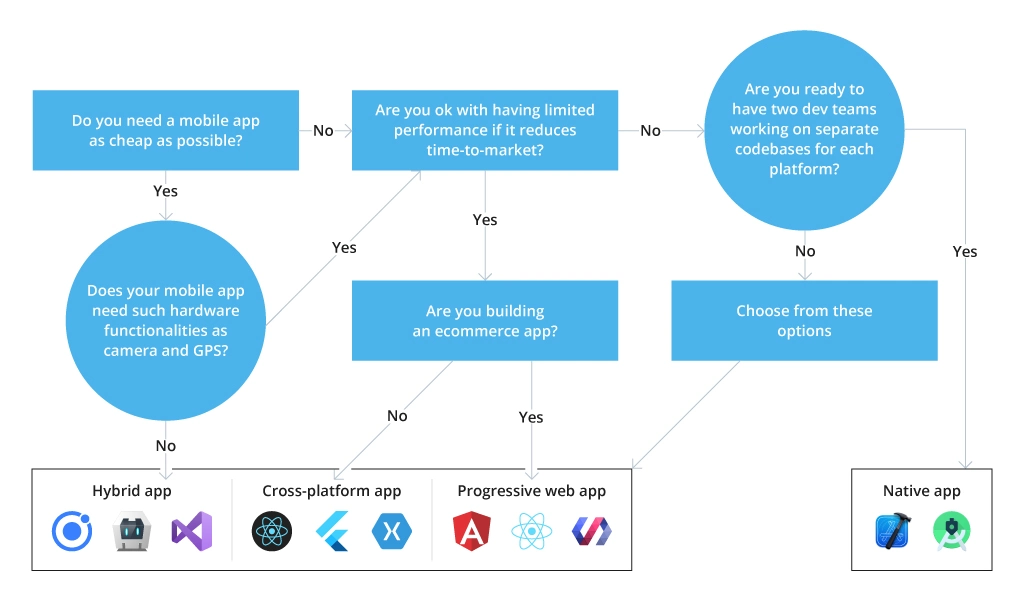Tech Stack Optimization
What is Tech Stack Optimization?
Definition:
Tech Stack Optimization refers to the strategic process of fine-tuning and enhancing the technology stack utilized by a business to develop, deploy, and maintain its software applications. A technology stack, often referred to as a “stack,” is a combination of programming languages, frameworks, libraries, databases, and other tools that work together to build and support an application. Optimization involves making deliberate choices and adjustments to this stack to improve performance, efficiency, scalability, and overall alignment with business objectives.
Analogy:
Think of Tech Stack Optimization as a meticulous chef refining their recipe. Just as a chef selects the finest ingredients and adjusts proportions for a perfect dish, optimizing a tech stack involves carefully choosing the right technologies and adjusting configurations to create a seamless and high-performing application.
Further Description:
Tech Stack Optimization covers various aspects of the software development lifecycle, including:
Programming Languages and Frameworks: Choosing the most suitable programming languages and frameworks based on the specific requirements of the application, ensuring optimal development speed and code maintainability.
Database Management Systems (DBMS): Selecting the appropriate database solutions and optimizing their configurations for efficient data storage, retrieval, and management.
Scalability and Performance: Ensuring the tech stack can scale horizontally or vertically to handle increased loads and optimizing performance to deliver a responsive user experience.
Security and Compliance: Implementing security best practices, staying compliant with industry regulations, and integrating security measures throughout the tech stack.
Integration of Third-Party Services: Evaluating and integrating third-party services and APIs that complement the tech stack, enhancing functionality and reducing development time.
Why is Tech Stack Optimization Important?
Performance Enhancement: Optimization leads to improved performance, faster response times, and a better overall user experience, which is crucial for customer satisfaction.
Cost Efficiency: A well-optimized tech stack can reduce infrastructure costs, enhance resource utilization, and contribute to overall cost efficiency in development and maintenance.
Adaptability and Innovation: An optimized tech stack allows businesses to adapt quickly to technological changes, adopt new tools and frameworks, and stay innovative in a rapidly evolving tech landscape.
Streamlined Development Processes: Optimization streamlines development workflows, making it easier for teams to collaborate, deploy code, and maintain applications effectively.
Examples and Usage:
Containerization and Orchestration: Implementing technologies like Docker for containerization and Kubernetes for orchestration to enhance deployment and scalability.
Cloud Services: Leveraging cloud platforms like AWS, Azure, or Google Cloud for flexible and scalable infrastructure.
Microservices Architecture: Breaking down monolithic applications into smaller, independent microservices to improve maintainability and scalability.
Key Takeaways:
- Tech Stack Optimization involves refining the technology components used in the development and maintenance of software applications.
- It includes selecting the right programming languages, frameworks, databases, and other tools to enhance performance, efficiency, and scalability.
- Benefits include improved performance, cost efficiency, adaptability, and streamlined development processes.
- Examples of optimization practices include containerization, cloud services, and adopting a microservices architecture.





